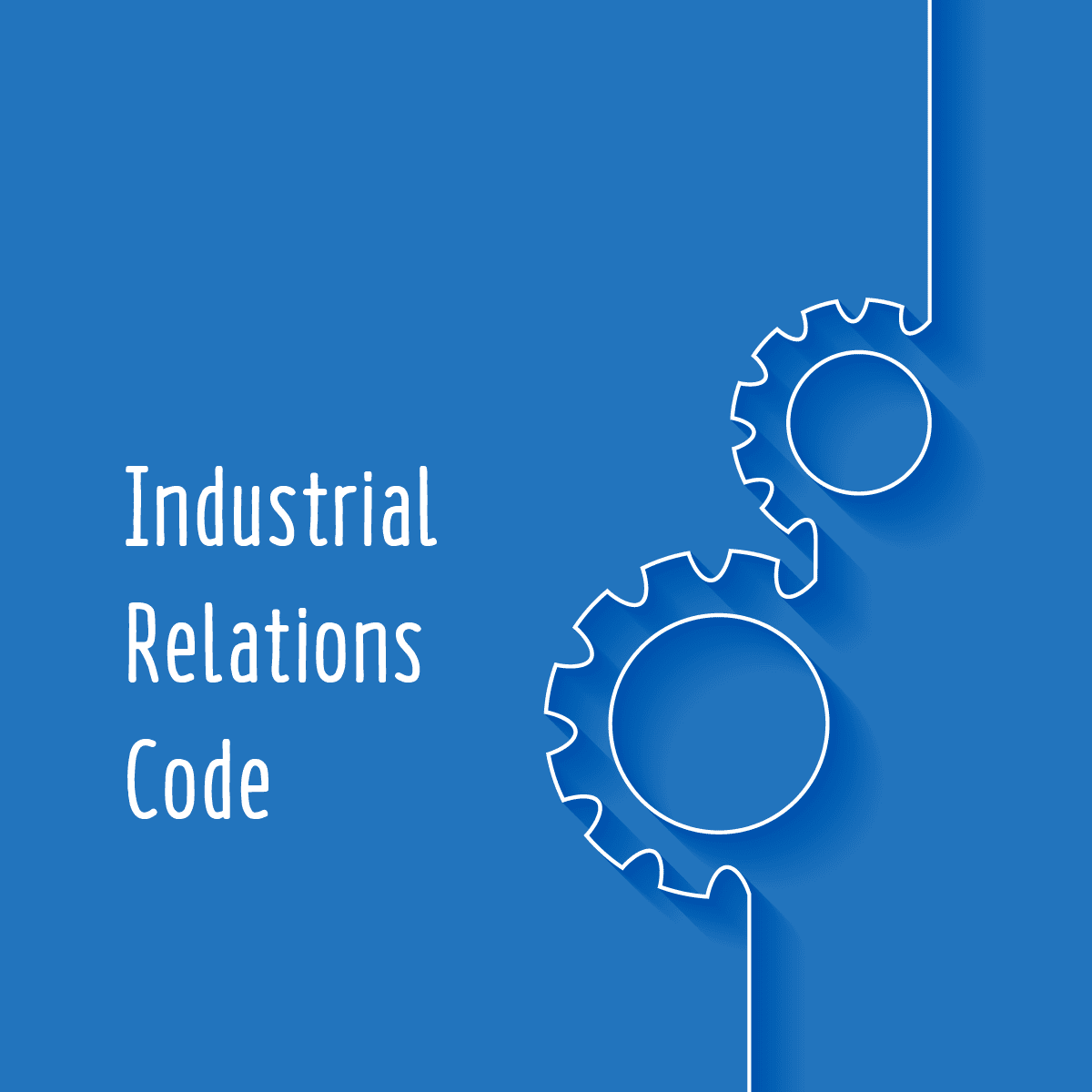New Labour Codes & Its Impact
 Start up / Incorporation / Registration By - Nupur Gajjar
Start up / Incorporation / Registration By - Nupur Gajjar
The Indian Government has been working on labour regulations In order to simplify the existing structure, The government has introduced 4 labour codes, which are consolidation of 29 existing labour laws, with an intent to simplify and rationalise the relevant provisions.
What are the codes?
- The Social Security Code, 2020 :to amend and consolidate the laws relating to social security with the goal to increase social security to workers & employees in the organised or unorganised sectors.
- Occupational Safety, Health and Working Conditions Code, 2020: This act mainly Focussing on consolidating and amending the laws regulating the occupational safety, health and working conditions of the persons employed in an establishment.
- Industrial Relations Code, 2020: This act is related to trade unions, conditions of employment in industrial establishments, investigation and settlement of industrial disputes.
- The Code on Wages, 2019: Amends and consolidates the laws relating to wages and bonus and matters.
Key Impacts
-
The Social Security Code, 2020

- Voluntary coverage: opt in/opt out of social security schemes
- Introduction of new category of beneficiaries: Platform workers, gig workers, fixed-term employees, etc.
- Introduction of the concept of holding the ‘officer in charge’: Particular person will be held responsible for any defaulting relation to payment of gratuity and contribution onwards ESI
- Increase in quantum of gratuity payment: – New category of employees introduced i.e. ‘Fixed term workers’ rendering services for less than 5 years;
- Working period of 3 years for journalists introduced;
- Gratuity payable to the contract labourers as well, in line with eligibility criteria are set out in the Code
Occupational Safety, Health and Working Conditions Code, 2020

- Concept of core and non-core workers: Employment of contract labour in core activities of any establishment isprohibited (with certain exceptions)
- Canteen and crèche facility: Mandated for specified establishments 3
- Special provisions for women: Consent of female employees required for working before 6 am and after 7pm along with other safety measures
- Concept of leave rules and leave encashments introduced
- Free annual health check-ups: Mandated for specified employees of specified establishments
Industrial Relations Code, 2020

- Concept of fixed-term employment: Introduced with benefits not be less than of a permanent worker
- Conditions for strikes and lockouts prescribed: No strikes and lock outs without giving proper notice in compliance with the norms laid down in the code
- Standing orders: Required in establishments where 300 or more workers are employed
- Retrenchment, lay-off and closure provisions: Not to be applicable if workers are <300; lay-off related provisions will not be applicable if workers are <50 5 Grievance redressal committee mandatory: To be set up where 20 or more workers employed, requires proportionate women representation.
The Code on Wages, 2019

- Broadened coverage: No wage threshold for workers , definition of employer includes ‘contractor’ and ‘legal representative of deceased employer’, etc.
- New definition of ‘wages’: Applicable to all or any employees ; specified exclusions and conditional inclusions specified, cap on benefits in kind
- Timeline for full and final settlement: Two days from the date of removal/resignation/retrenchment/dismissal
- Stringent penal implications: Introduced for no maintenance of registers and records under the Code of Wages, 2019
- Payment of wages and deductions: Payment through cheque, online mode; no unauthorised deductions allowed from the wages
These transformative changes in the Labour codes are expected to give a strong boost to labour reforms and impact many organizations in a various sector. The main object behind reforming these laws to reduce complexities, improve ease of compliance, bring in more transparency and accountability which will help both employers and workers. The new codes are expected to enhance compliances significantly especially due to increased penal liabilities.
We will continue with frequently asked questions and Non-Compliance Consequences on New Labour Code in our next blog soon…!!!!
For any assistance, guidance, or query please write to us at info@sharmaandpagaria.com
Nupur Gajjar
HR - Manager, Sharma & Pagaria, Chartered Accountants, Bengaluru
Blog Disclaimer: “All information contained herewith is provided for reference purpose only. Sharma & Pagaria, Chartered Accountants (S&P CA) ensures accuracy and reliability of the information to the best of its endeavours. While the information contained within this Blog is updated, no guarantee is given that the information provided in this Blog is correct, complete, and up to date. S&P CA makes no warranty or representation as to the accuracy, completeness, or reliability of any of the information contained herein and disclaim any and all liability whatsoever to any person for any damage or loss of any nature arising from or as a result of reliance on any of the information provided herein. The information contained in this Blog is not intended to provide any professional advice.

